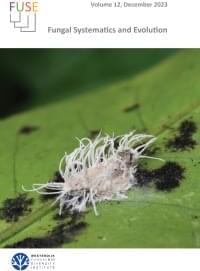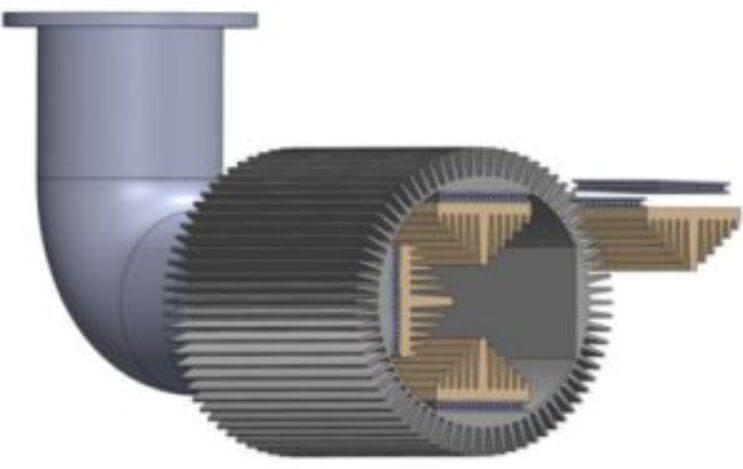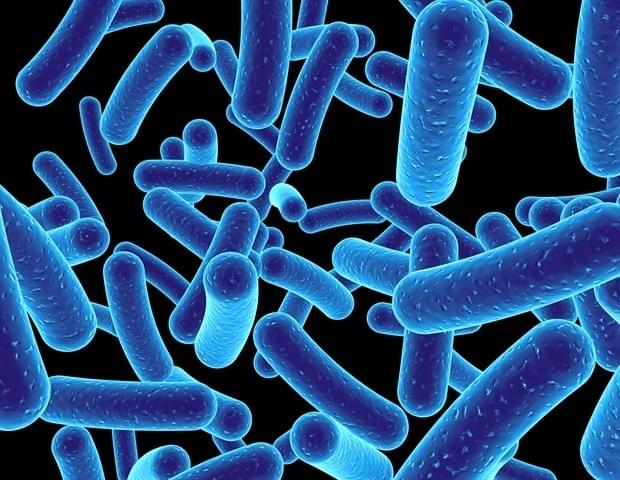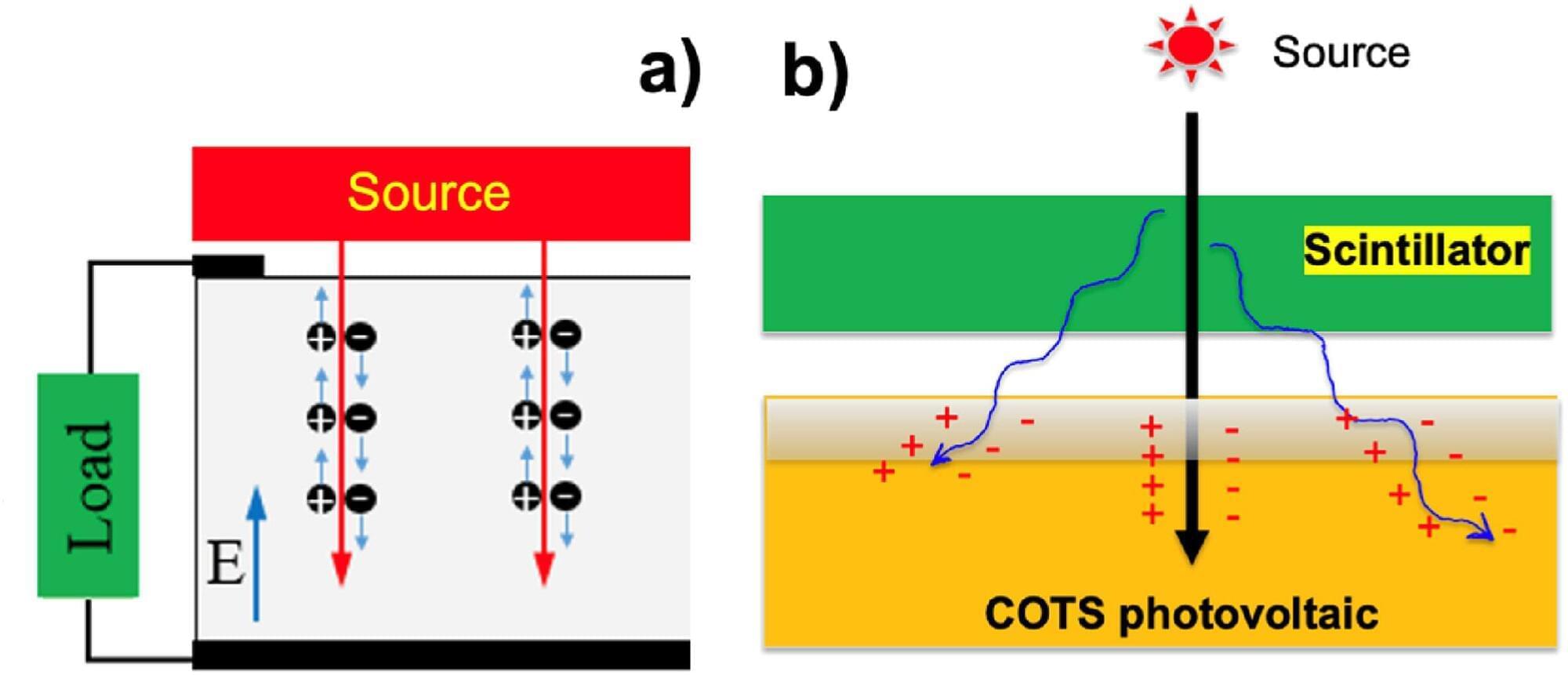Nano-enhanced perovskite solar cells last 10x longer by trapping iodine, paving the way for durable, affordable solar technology.
Category: sustainability – Page 67

The araneopathogenic genus Gibell…iders (Metainae: Tetragnathidae): Ingenta Connect Fast Track Article
The araneopathogenic genus Gibellula (Cordycipitaceae: Hypocreales) in the British Isles, including a new zombie species on orb-weaving cave spiders (Metainae: Tetragnathidae)
Authors: Evans, H.C. 1 ; Fogg, T. 2 ; Buddie, A.G. 1 ; Yeap, Y.T. 1 ; Araújo, J.P.M. 3, 4 ;
Source: Fungal Systematics and Evolution
Publisher: Westerdijk Fungal Biodiversity Institute

Rechargeable paper battery is cheaper, safer & as powerful as lithium
A battery that’s safer and cheaper than lithium-ion while offering comparable energy density? That sounds like a pipe dream. But such a battery is in fact in the works, using a chemistry of renewables to store over 220 Wh/kg. Singaporean startup Flint believes it has the formula for the most sustainable battery the world has ever seen, capable of replacing lithium for applications like EV power and grid storage. Maybe that is a dream. Or maybe it’s the revolutionary eco-optimized battery of the near-future.
A fully sustainable paper battery that can be recycled and dropped in compost at the end of its life cycle sounds too good to be true. It kicks off a major cynicism alert, and the questions flow like water through a burst dam.
Does it offer such low capacity as to be useless for anything outside a laboratory? No, Flint estimates energy density at 226 Wh/kg, which falls comfortably within the range of existing lithium tech.

Prototype turns car and helicopter exhaust into thermoelectric energy
Combustion engines, the engines in gas-powered cars, only use a quarter of the fuel’s potential energy while the rest is lost as heat through exhaust.
Now, a study published in ACS Applied Materials & Interfaces demonstrates how to convert exhaust heat into electricity. The researchers present a prototype thermoelectric generator system that could reduce fuel consumption and carbon dioxide emissions—an opportunity for improving sustainable energy initiatives in a rapidly changing world.
Fuel inefficiency contributes to greenhouse gas emissions and underscores the need for innovative waste-heat recovery systems. Heat-recovery systems, called thermoelectric systems, use semiconductor materials to convert heat into electricity based on a temperature difference.

New AI Method Revolutionizes Urban Green Space Mapping
Dr. Rumi Chunara: “Our system learns to recognize more subtle patterns that distinguish trees from grass, even in challenging urban environments.”
How can artificial intelligence (AI) help improve city planning to account for more green spaces? This is what a recent study published in the ACM Journal on Computing and Sustainable Societies hopes to address as a team of researchers proposed a novel concept using AI with the goal of both monitoring and improving urban green spaces, which are natural public spaces like parks and gardens, and provide a myriad of benefits, including physical and mental health, combating climate change, wildlife habitats, and increased social interaction.
For the study, the researchers developed a method they refer to as “green augmentation”, which uses an AI algorithm to analyze Google Earth satellite images with the goal of improving current AI methods by more accurately identifying green vegetation like grass and trees under various weather and seasonal conditions. For example, current AI methods identify green vegetation with an accuracy and reliability of 63.3 percent and 64 percent, respectively. Using this new method, the researchers successfully identified green vegetation with an accuracy and reliability of 89.4 percent and 90.6 percent, respectively.
“Previous methods relied on simple light wavelength measurements,” said Dr. Rumi Chunara, who is an associate professor of biostatistics at New York University and a co-author on the study. “Our system learns to recognize more subtle patterns that distinguish trees from grass, even in challenging urban environments. This type of data is necessary for urban planners to identify neighborhoods that lack vegetation so they can develop new green spaces that will deliver the most benefits possible. Without accurate mapping, cities cannot address disparities effectively.”

Poop-Loop — DESIGN × STORIES
This video shows basically that trash can be turned into treasure. From recycling food waste into dye to so much more. This video shows that basically pollution can be reduced by 95 percent. Also so that all resources from trash can be reincarnated into many new forms leaving no waste and creating a fully circular economy benefiting the environment.
21_21 DESIGN SIGHT in Tokyo’s Roppongi is currently showing a “pooploop” exhibition. Our presenters chat with exhibition directors Satoh Taku and Takemura Shinichi about cycles of waste and excrement around the planet, and explore the potential of environmental design.

Predatory bacteria could be used to purify water in the future, study suggests
Year 2023 face_with_colon_three
In a unique study carried out in drinking water pipes in Sweden, researchers from Lund University and the local water company tested what would happen if chlorine was omitted from drinking water. The result? An increase in bacteria, of course, but after a while something surprising happened: a harmless predatory bacteria grew in numbers and ate most of the other bacteria. The study suggests that chlorine is not always needed if the filtration is efficient — and that predatory bacteria could perhaps be used to purify water in the future.
Just as human intestines contain a rich bacterial flora, many types of bacteria thrive in our drinking water and the pipes that transport them. On the inside of pipe walls is a thin, slippery coating, called a biofilm, which protects and supports bacteria. These bacteria have adapted to life in the presence of chlorine, which otherwise has the primary task to kill bacteria, particularity bacteria that can make humans sick.
An ordinary glass of drinking water contains a lot of harmless bacteria. Chlorine, however, which in the studied piping system was added in the form of monochloramine, is not wholly unproblematic.

Mars May Have Once Had Oceanfront Beaches
Dr. Benjamin Cardenas: “We tend to think about Mars as just a static snapshot of a planet, but it was evolving. Rivers were flowing, sediment was moving, and land was being built and eroded.”
Did an ocean exist on ancient Mars that might have been suitable for life as we know it? This is what a recent study published in the Proceedings of the National Academy of Sciences hopes to address as an international team of researchers led by Guangzhou University and the Chinese Academy of Sciences investigated the possibility of an ancient shoreline in the northern hemisphere of Mars that could have been home to an ancient ocean. This study has the potential to help researchers better understand the environmental conditions on ancient Mars and whether they were suitable for life as we know it.
For the study, the researchers analyzed radar data obtained from China’s Zhurong rover, which landed in a northern region on Mars called Utopia Planitia in May 2021. However, Zhurong stopped functioning after researchers put it in hibernation mode in May 2022 and the rover never woke up, likely due to dust covering its solar panels. Despite this, the researchers of this study presented evidence of an ancient shoreline in Utopia Planitia that mirrors coastal sediments observed on the Earth called “foreshore deposits”
“We’re seeing that the shoreline of this body of water evolved over time,” said Dr. Benjamin Cardenas, who is an assistant professor of geology at Penn State and a co-author on the study. “We tend to think about Mars as just a static snapshot of a planet, but it was evolving. Rivers were flowing, sediment was moving, and land was being built and eroded. This type of sedimentary geology can tell us what the landscape looked like, how they evolved, and, importantly, help us identify where we would want to look for past life.”

Scientists design novel battery that runs on atomic waste
Researchers have developed a battery that can convert nuclear energy into electricity via light emission, a new study suggests.
Nuclear power plants, which generate about 20% of all electricity produced in the United States, produce almost no greenhouse gas emissions. However, these systems do create radioactive waste, which can be dangerous to human health and the environment. Safely disposing of this waste can be challenging.
Using a combination of scintillator crystals, high-density materials that emit light when they absorb radiation, and solar cells, the team, led by researchers from The Ohio State University, demonstrated that ambient gamma radiation could be harvested to produce a strong enough electric output to power microelectronics, like microchips.

Multinational research project shows how life on Earth can be measured from space
Measurements and data collected from space can be used to better understand life on Earth.
An ambitious, multinational research project funded by NASA and co-led by UC Merced civil and environmental engineering Professor Erin Hestir demonstrated that Earth’s biodiversity can be monitored and measured from space, leading to a better understanding of terrestrial and aquatic ecosystems. Hestir led the team alongside University of Buffalo geography Professor Adam Wilson and Professor Jasper Slingsby from the University of Cape Town on BioSCape, which collected data over six weeks in late 2024.
Two NASA aircraft and one South African aircraft flew over South Africa’s Greater Cape Floristic Region — one of the most biodiverse places on the planet — to collect ultraviolet, visual, thermal and other images. That data, combined with field work by the large team of scientists from the United States and South Africa, provides a comprehensive look at the region’s biodiversity, or life systems.